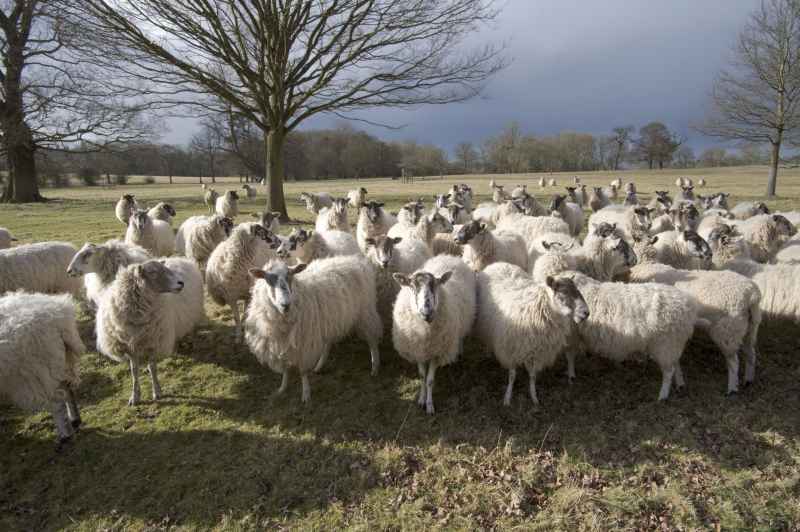
Newly-released statistics show that the sheep population in Wales has passed the 10 million mark for the first time since the turn of the century.
Results of the annual June agricultural survey – the census of farms in Britain which has produced data since 1867 – was released by the Welsh Government at the end of November.
Sheep numbers in Wales, which declined after the end of headage payments at the beginning of this century, have been moving upwards in recent years.
By June 2017, the figure had once again broken through the 10 million barrier, the first time this has happened since 2002, with Wales accounting for nearly a third of the British sheep flock.
While the total numbers of beef cows that had calved fell marginally on the year, there were significantly higher numbers of young female beef cattle.
This suggests that there is scope for an expanding Welsh beef herd over the coming years, raising the possibility that farmers may be looking to diversify their businesses and spread their risks.
Market signals
According to Welsh red meat levy body Hybu Cig Cymru – Meat Promotion Wales (HCC), the figures may show that farmers are studying current market signals, and taking into account the uncertainty in looking ahead to Brexit in 2019.
“Sheep numbers have continued their upward trend this year, and prices have remained relatively buoyant, helped by a significant rise in Welsh Lamb exports” said HCC’s Industry Development and Relations Manager John Richards.
“But many farmers are aware that part of the reason for that lies in the fall in the value of the pound since last summer.”
Mr Richards added: “In many of the farmer meetings I have attended over the past few months, there have been interesting discussions over how the market and industry in general might look after we leave the EU in 2019.
“Independent reports have suggested that the sheep sector – which sells a third of its lamb to EU countries – is one of the most vulnerable to a hard or no-deal Brexit where tariffs may be imposed on exports.”
